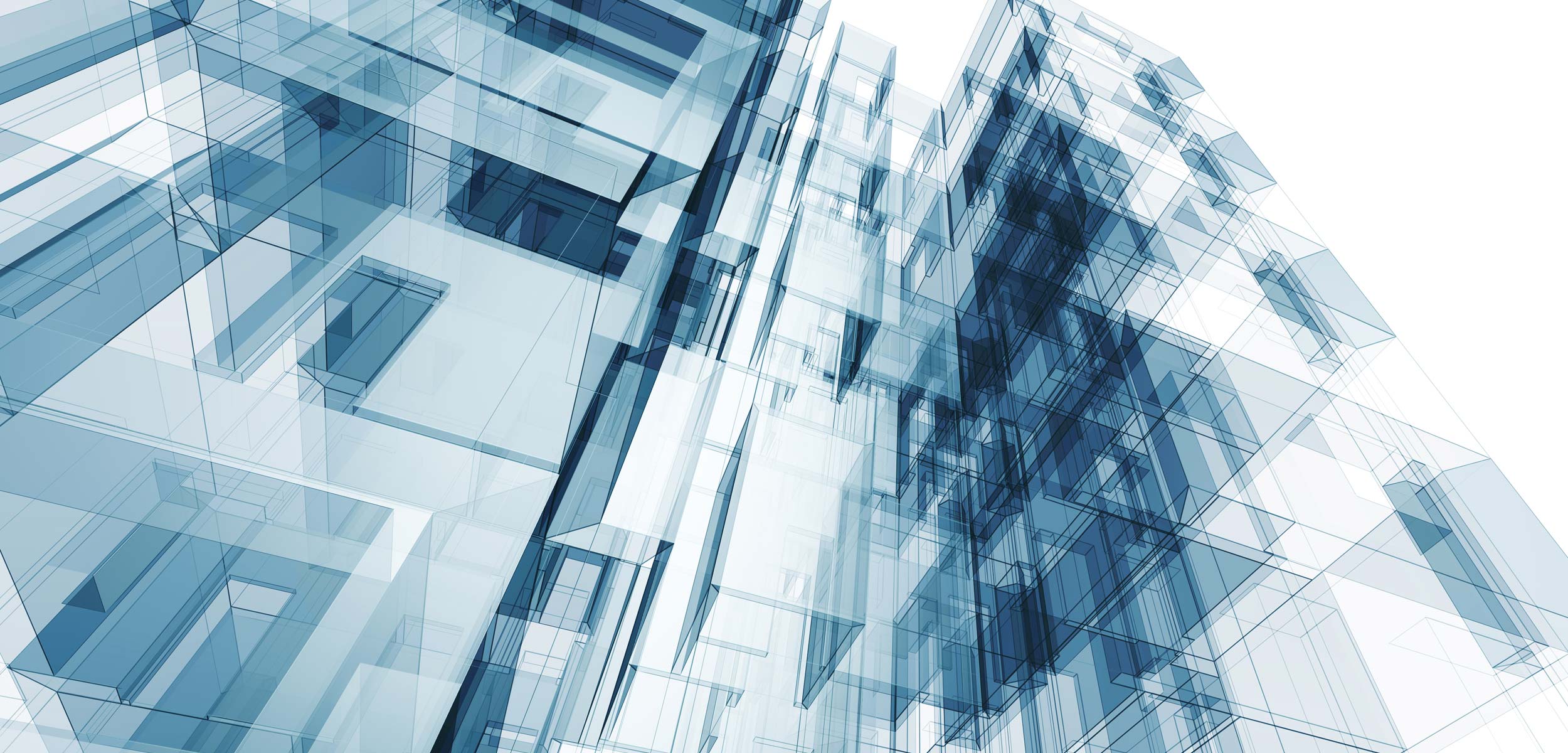In the dynamic world of architectural design, the role of glass partitions extends far beyond mere aesthetics. These elements are integral to crafting functional, illuminated, and contemporary spaces in commercial buildings or residential homes. Understanding the multifaceted purposes of glass partitions is crucial for capitalizing on their benefits. This blog delves deep into the various roles played by partition glass in modern architecture.
Enhancing Natural Light
A key purpose of glass partitions is their ability to maximize natural light within a space. Unlike traditional walls obstructing sunlight, partition glass allows light to flow seamlessly, brightening rooms and creating a more inviting atmosphere. This has the added advantage of reducing dependency on artificial lighting, which can lead to energy savings. Moreover, exposure to natural light is known to boost mood and increase productivity, making glass partitions an ideal choice for offices and homes alike. They enhance aesthetic appeal and contribute to a healthier living and working environment.
Creating an Illusion of Space
Glass partitions are crucial in making spaces appear larger and more open. In smaller rooms or areas where physical barriers might make the environment feel confined, partition glass offers an elegant solution. It maintains the integrity of room division without the bulkiness of traditional walls, thus preserving an airy feel. This illusion of expanded space is not just a visual trick; it can actually influence how people perceive and interact with their environment. The transparency and sleek lines of glass partitions lend a modern, sophisticated touch to any setting, making them a popular choice in urban apartments and compact office spaces.
Promoting Collaboration in Workspaces
In modern work environments, glass partitions are strategically implemented to foster a sense of openness and teamwork. By eliminating visual barriers, employees feel more connected to each other, promoting an atmosphere of collaboration and shared ideas. This transparency is crucial in contemporary office designs emphasizing flat hierarchies and open communication channels. Partition glass also allows for supervision and easy interaction among team members, which can be pivotal for fast-paced, collaborative work environments. In addition, they can be used to create private yet visible meeting areas, balancing the need for confidential discussions with the ethos of an open, inclusive workspace.
Offering Flexibility and Versatility
The flexibility of glass partitions lies in their adaptability to various environments and needs. They are not confined to one specific setting but can be effectively used in homes, offices, and commercial spaces. This versatility extends to their ability to be reconfigured or relocated with relative ease, accommodating changes in space utilization without major renovations. Partition glass systems come in various forms, including movable panels and modular designs, ideal for dynamic spaces requiring regular layout changes. This adaptability makes them a cost-effective and practical solution for businesses and homeowners who anticipate future modifications to their space.
Maintaining Privacy while Staying Connected
Glass partitions offer the unique advantage of maintaining privacy without complete isolation. With options like frosted, tinted, or smart glass that can turn opaque, partition glass can create private spaces while keeping the area visually accessible. This is particularly useful in settings such as conference rooms, executive offices, or home studies, where seclusion is necessary, but a sense of connection is still desired. This balance between privacy and openness is a defining feature of glass partitions, allowing for secluded areas that still feel part of the larger space.
Contributing to Energy Efficiency
Glass partitions are significant contributors to energy efficiency in modern buildings. By facilitating the spread of natural light, they reduce the need for constant artificial lighting, which can lead to substantial energy savings. Additionally, with advancements in glass technology, such as double-glazing or low-emissivity coatings, partition glass can provide excellent insulation. This helps maintain consistent indoor temperatures, reduces the load on heating and cooling systems, and consequently lowers energy costs. The eco-friendly aspect of glass partitions is a key consideration for environmentally-conscious designers and homeowners looking to reduce their carbon footprint.
In wrapping up, glass partitions are not just stylish elements; they are multifunctional tools that enhance natural light, create a sense of spaciousness, encourage collaboration, provide flexibility, ensure privacy, contribute to energy efficiency, and elevate aesthetic appeal. Integrating partition glass into architectural designs embraces many practical benefits that transform and enrich living and working environments.


